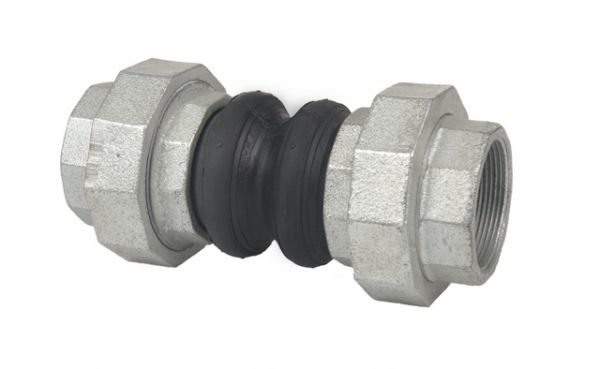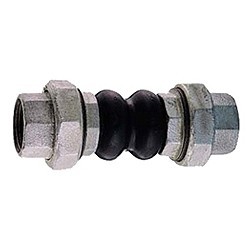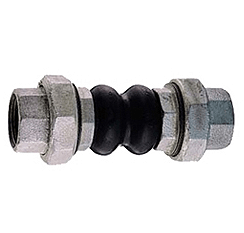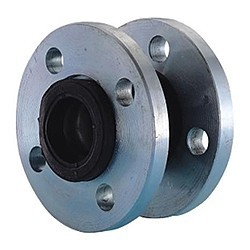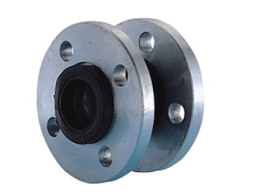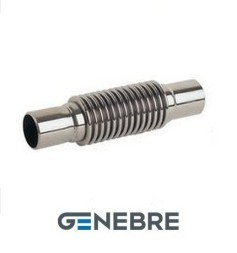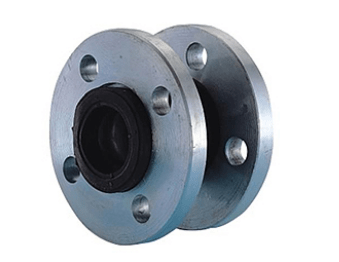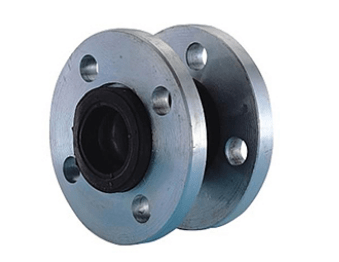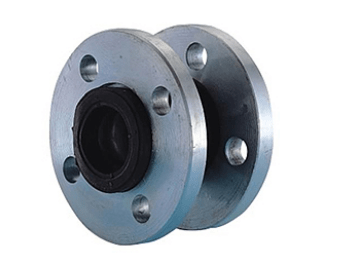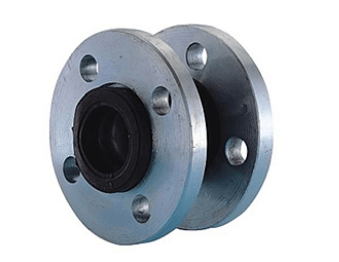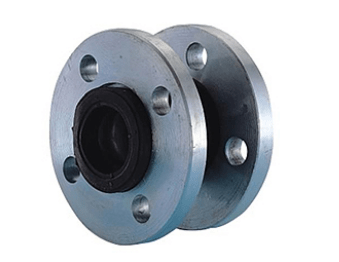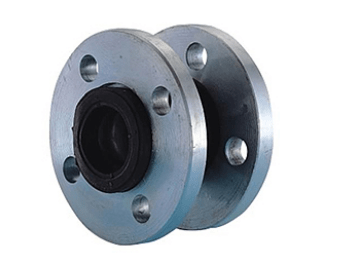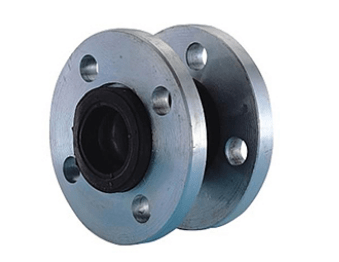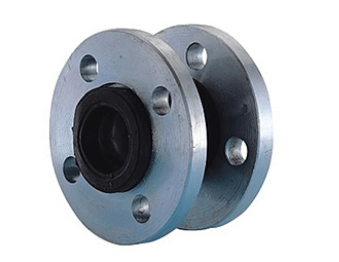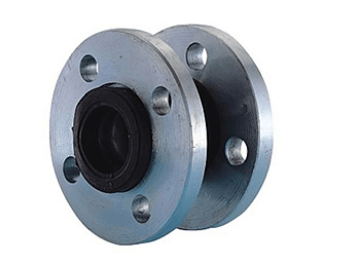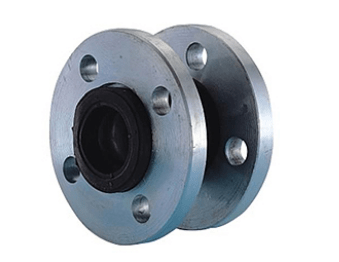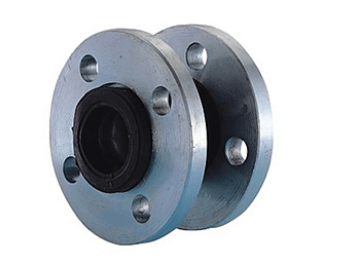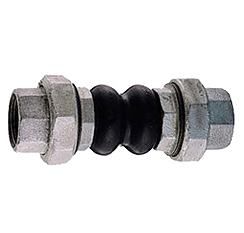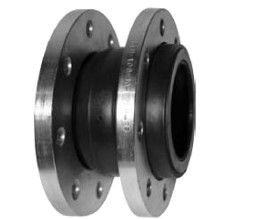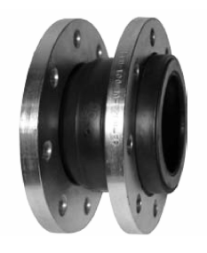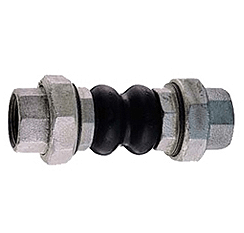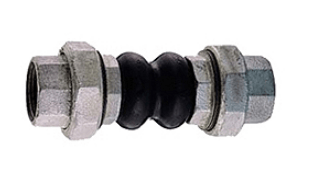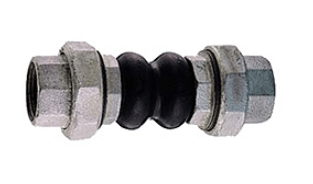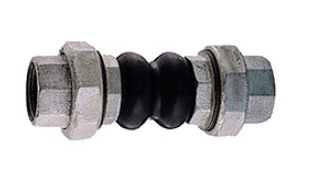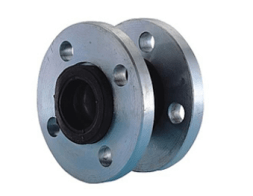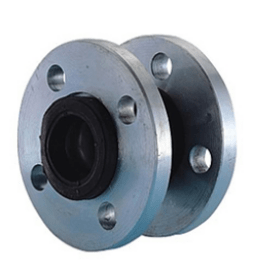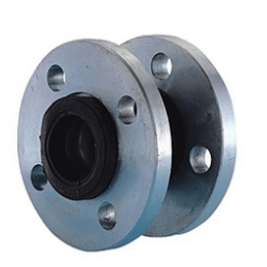Compensators
Compensators prolong the life of the pipeline
Compensators are used in modern pipeline systems and significantly extend their service life due to various changes, temperature changes, pressure and vibration.
The absence of compensators (flexible inserts) as a rule, it leads to a change in the length of the pipe, its expansion or compression. Therefore, the use of compensators is given the closest attention when ensuring the technical safety of compensation systems.
The main types of compensators are tubular, oil seal, bellows, fabric, rubber, copper and lens compensators. Compensators are the most mobile elements of pipelines and are designed to compensate for movements due to the effects of vibrations and thermal elongation. Therefore, the main place of application of temperature and pressure compensators is pipelines with elevated temperatures and cramped conditions.
Bellows expansion joints Stainless steel is less flexible than rubber Nevertheless, they can be used at temperatures up to +850C and pressures up to 150 Bar. Also, thanks to its technical characteristics bellows compensator It is one of the most common types. Such a pressure compensator, having a temperature threshold of up to 850 C, is very reliable and can compensate for maximum movements in any planes. Rubber expansion joint or a vibrating insert is used to compensate for temperature movements of the pipeline, as well as to absorb vibration, noise, and water shocks.
There is also the simplest way to apply natural compensation due to the flexibility of the pipeline itself using U-shaped elbows. However, this method is quite expensive.
A compensator is a device that allows you to perceive and compensate for displacements, temperature deformations, vibrations, and displacements.
The use of compensators on various types of devices is due to the need to avoid, stabilize, or minimize the occurrence of undesirable factors arising from the effects of the environment or the conducted environment, as well as as a result of the operation of the device itself. Such factors may be stresses in metal, pipeline supports, etc.

